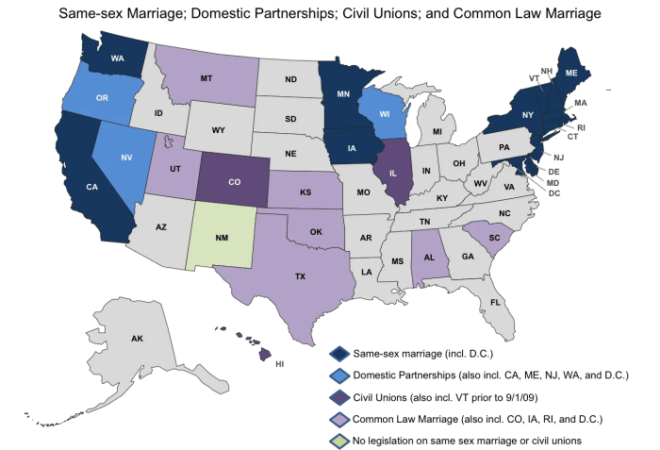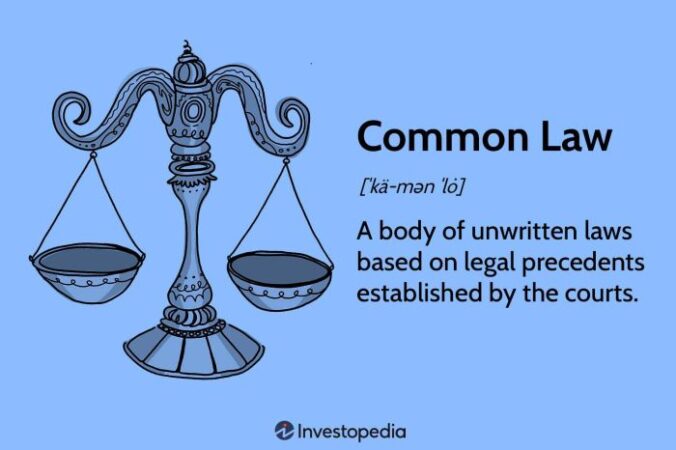
What is a brief in law? It’s a written document that presents a legal argument, meticulously crafted to persuade a judge or jury. Imagine a legal brief as a roadmap, guiding the court through the complexities of a case, laying out the facts, presenting the law, and ultimately advocating for a specific outcome.
These documents are essential in the legal system, serving as the primary means of communication between lawyers and the court. They provide a structured and persuasive framework for presenting legal arguments, ensuring clarity, conciseness, and a logical flow of reasoning.
Legal Writing Style and Tone
A well-written legal brief is crucial for presenting a compelling argument and achieving a favorable outcome. Effective legal writing is characterized by clarity, conciseness, and persuasiveness. It is also essential to adopt an appropriate tone and language that aligns with the purpose of the brief and the intended audience.
Clear and Concise Writing, What is a brief in law
Clear and concise writing is essential for effective legal communication. This means using precise language, avoiding jargon and technical terms that may be unfamiliar to the reader, and structuring arguments logically. A clear and concise writing style ensures that the reader can easily understand the arguments presented in the brief.
- Use active voice: Active voice makes writing more direct and engaging. For example, instead of “The defendant was arrested by the police,” write “The police arrested the defendant.”
- Avoid redundancy: Eliminate unnecessary words and phrases that do not add to the meaning of the sentence. For example, instead of “The defendant is in possession of the stolen property,” write “The defendant possesses the stolen property.”
- Use short sentences: Short sentences are easier to understand and follow. Avoid complex sentence structures that can confuse the reader.
Persuasive Writing
Legal writing should be persuasive, aiming to convince the reader of the validity of the arguments presented. This involves using strong evidence, logical reasoning, and clear and concise language.
- Strong evidence: Support your arguments with relevant legal authorities, case law, statutes, and other evidence. Use proper legal citations to ensure the credibility of your sources.
- Logical reasoning: Present your arguments in a logical and coherent manner, connecting the evidence to your conclusions. Use transitions to guide the reader through your reasoning.
- Appealing to the reader: Consider the reader’s perspective and address their potential concerns. Anticipate counterarguments and refute them effectively.
Appropriate Tone and Language
The tone and language used in a legal brief should be formal and respectful, reflecting the seriousness of the legal proceedings. Avoid slang, colloquialisms, and overly casual language.
- Formal language: Use precise and formal language, avoiding contractions and informal expressions.
- Respectful tone: Maintain a respectful tone towards the court, opposing counsel, and the parties involved in the case. Avoid inflammatory or disrespectful language.
- Objective language: Present arguments objectively, avoiding personal opinions or biases. Focus on the facts and legal arguments, rather than emotional appeals.
Examples of Effective Legal Writing Techniques
“The defendant’s actions constitute a clear violation of the state’s criminal code, specifically Section 1234.5, which prohibits the unauthorized use of another person’s property.”
This example demonstrates the use of precise language, legal citations, and a clear and concise writing style.
“The plaintiff’s argument is based on a misinterpretation of the relevant case law. In the case of Smith v. Jones, the court held that…”
This example demonstrates the use of counterarguments and the ability to refute opposing arguments effectively.
Legal Brief Examples
Legal briefs are essential documents in the legal system, providing a concise and persuasive argument for a particular legal position. Understanding the structure and content of legal briefs is crucial for legal professionals and anyone interested in the legal process. To further illustrate the concept of legal briefs, we will delve into examples from various areas of law.
Examples of Legal Briefs from Different Areas of Law
Legal briefs are used in various areas of law, including criminal law, civil law, and constitutional law. Each area has its unique characteristics and legal arguments, which are reflected in the briefs.
| Area of Law | Case Name | Court | Brief Type | Link to Brief |
|---|---|---|---|---|
| Criminal Law | Miranda v. Arizona | Supreme Court of the United States | Appellant Brief | https://www.supremecourt.gov/opinions/08pdf/07-530.pdf |
| Civil Law | Brown v. Board of Education | Supreme Court of the United States | Petitioner Brief | https://www.supremecourt.gov/opinions/95pdf/95-1928.pdf |
| Constitutional Law | Roe v. Wade | Supreme Court of the United States | Appellant Brief | https://www.supremecourt.gov/opinions/72pdf/72-1326.pdf |
These examples demonstrate the diversity of legal briefs across different areas of law. Examining these briefs can provide valuable insights into the structure, arguments, and legal principles relevant to each area.
Ending Remarks: What Is A Brief In Law
Understanding the structure, content, and purpose of legal briefs is crucial for anyone seeking to navigate the legal landscape. From the initial definition and purpose to the different types and specific legal arguments, this guide provides a comprehensive overview of what a brief in law is and its importance in the legal system. So, whether you’re a law student, a legal professional, or simply someone interested in the legal process, grasping the essence of legal briefs is key to understanding how legal arguments are presented and decisions are made.
FAQ Guide
Who writes legal briefs?
Legal briefs are typically written by lawyers representing parties in a legal case. They can also be written by individuals or organizations filing amicus briefs, which offer insights or perspectives on a case.
What is the difference between a brief and a memorandum?
While both are legal documents, a brief is intended for a court, while a memorandum is typically used for internal communication between lawyers and clients, outlining legal analysis and strategy.
What is the best way to research legal briefs?
You can find publicly available legal briefs through online legal databases like Westlaw, LexisNexis, and PACER (Public Access to Court Electronic Records). You can also search for specific cases and briefs using legal research engines like Google Scholar.





